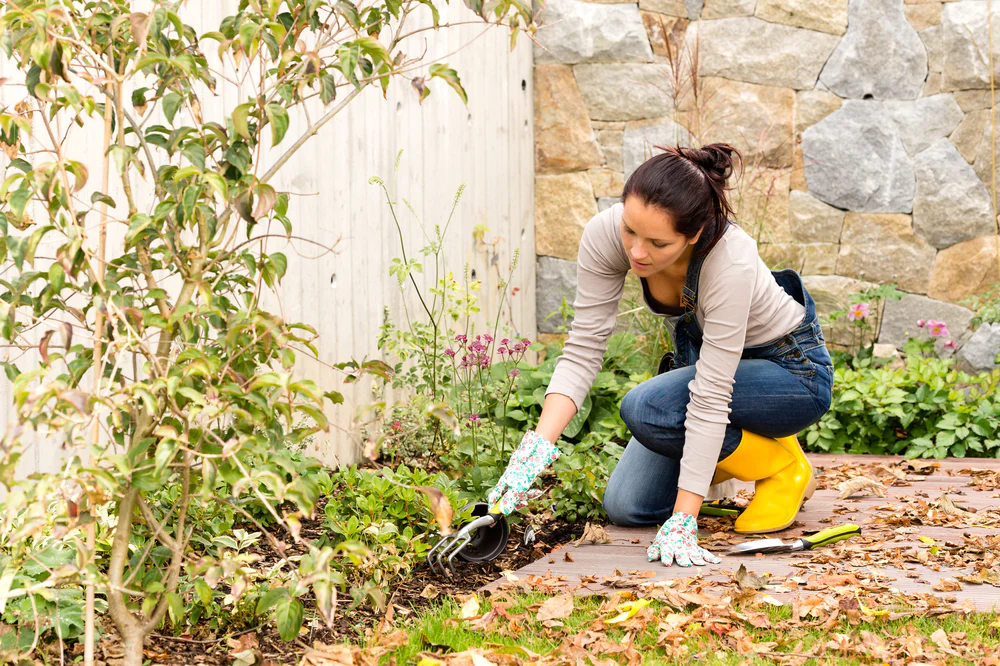Planting for Late Summer and Early Fall
Planting isn't just a spring activity; fall is also a great time for planting. Turfgrass, spring-blooming bulbs, cool-season vegetables, perennials, trees, and shrubs can all be effectively planted in the fall. Autumn's cooler air temperatures are easier on both plants and gardeners. The soil is still warm, allowing roots to grow until the ground freezes.
What are good vegetables to plant in late summer?
Fall and winter gardening is only successful if you know the average date of the first killing frost in the region in which you live. Crops need to be planted early enough to let them reach full maturity before the killing frost arrives.
Several vegetables can be planted in late summer for a fall crop. For a fall crop, plant beets, carrots, Swiss chard, kohlrabi, and kale in early to mid-August, plant leaf lettuce and spinach in late August to early September, and plant radishes from mid-to-late September. Due to hot, dry soil conditions, seed germination in late summer is often rather poor. To promote seed germination, plant fall vegetables when the soil is moist after a rain, sow the seeds slightly deeper than spring plantings and lightly water the row after the seeds have been sown.
Lettuce seeds are sensitive to extreme heat. To achieve good lettuce seed germination, check the weather forecast and sow the seeds when a prolonged period of mild weather is predicted.
Extending the growing season
There are many ways to add anywhere from 10 to 15 degrees of warmth to the fall and winter garden by taking advantage of free solar energy from the sun. Many of these season-extenders offer frugal ways to get the most from your garden.
Cold Frames
Planting vegetables in a cold frame is an excellent way to lengthen the growing season. Fall and winter crops flourish in a cold frame and are protected from strong winds and cold night temperatures. Cold frames are very easy to build and once the vegetables are planted they require minimal care. An old window sash makes an excellent cold frame. Build a frame that is 18 inches high in the back and 12 inches high in the front and attach the window sash.
Greenhouses
Greenhouses were originally constructed for the wealthy during the Roman Empire. Today, however, there are countless options when it comes to building your own greenhouse or purchasing a do-it-yourself kit. Greenhouses extend the growing season by protecting plants from harsh weather and making great use of solar energy. Many people grow vegetables year-round with the help of a greenhouse and a heater.
Raised Beds
Raised beds are popular amongst gardeners wishing to control soil quality and extend the growing season. The soil in raised beds heats up very quickly, and the bed can be covered with a hoop that protects crops when frost is a threat.
Cool-season vegetables
Many vegetables thrive in cool weather, including broccoli, brussels sprouts, carrots, cabbage, kale, kohlrabi, lettuce, radishes, rutabaga, spinach, and Swiss chard.
Lettuce, spinach, and other greens with a short maturity cycle can be planted later in the summer season. Extend the growing season by planting these vegetables under floating row covers or cold frames that will shield plants from frost but still allow light, air, and water to penetrate.
Trees and shrubs
Fall is an ideal time to plant trees and shrubs. The weather is cool but the soil is still warm enough for root development. Before digging, always check with your local utility companies to locate any underground lines. Always plant trees and shrubs at their natural soil lines. Keep newly planted trees or shrubs well-watered until the ground freezes so they get a good start before going into full dormancy during winter.
Spring bulbs and pansies
Fall is the best time to plant spring bulbs and pansies because the still-warm soil temperatures give their roots time to establish. By planting in the fall, you'll get two seasons of enjoyment out of these cool-season favorites. Remove spent flowers so the plant doesn't use its energy to set seeds, and keep the soil moist. After the soil freezes, mulch plants to prevent alternate freezing and thawing cycles that can heave plants out of the ground.
Turfgrass
Fall is the right time to establish new turfgrass and do most lawn maintenance. If you live in the north, cool-season grasses such as bluegrass, fescue, and ryegrass should be fertilized in early September and again in late October or early November to give a boost for earlier spring green-up. In the south, avoid fertilizing dormant warm-season grasses unless they have been over-seeded with winter ryegrass.

